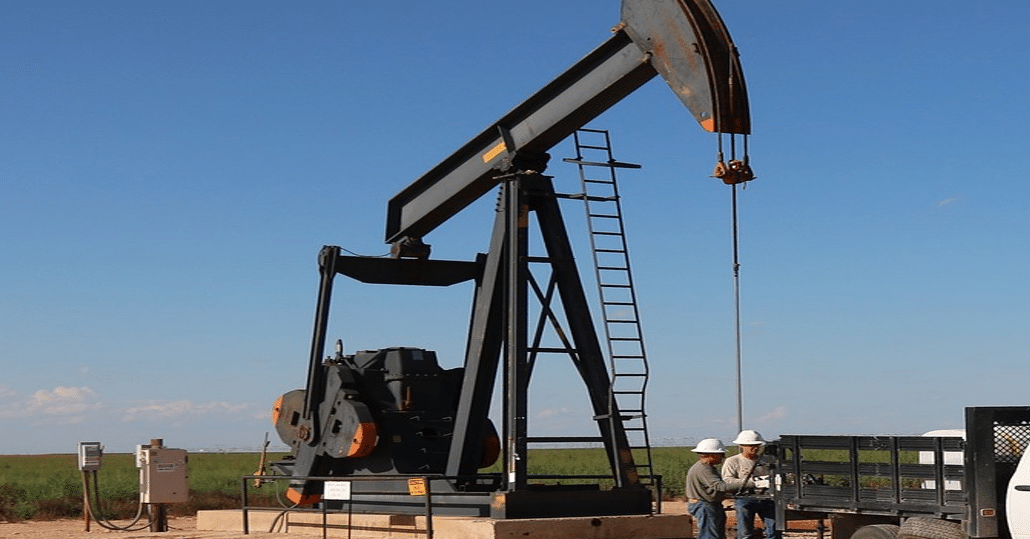The information provided on this page is for general informational purposes only and does not constitute legal, financial, or investment advice. Oil and gas laws, mineral rights regulations, and royalty structures vary significantly by state and jurisdiction. While we strive to provide accurate and up-to-date information, no guarantee is made to that effect, and laws may have changed since publication.
You should consult with a licensed attorney specializing in oil and gas law in your jurisdiction, a qualified financial advisor, or other appropriate professionals before making any decisions based on this material. Neither the author nor the publisher assumes any liability for actions taken in reliance upon the information contained herein.
In times of mourning, it can be difficult to handle a recently deceased person’s estate. This is especially true if there are some ungrateful opportunists looking to cash in on newly abandoned assets. How to transfer inherited mineral rights? It may sound like a difficult question, but there are a few easy steps you can take. These steps will make the process go as smoothly as possible.
1. Verify the Will of the Deceased
Above all, if someone leaves a will, this becomes a legally binding document. The will goes through a validity check known as the “probate process.” Once the legitimacy is verified, then the mineral rights can go to the rightful heir.
2. Identify the Rightful Heir
Sometimes, this step is quite easy. For those that have a handle on their portfolio and legacy, a will may include an obvious designation of mineral rights ownership. It is important to keep in mind that mineral rights are property, just like a home or a car.
If the deceased wishes to transfer all of their property to another individual, then mineral rights would be included in that bundle. Similarly, if a property (house, yard, etc.) is passed down as a fee simple estate, then the new property owner receives the mineral rights.
3. Get the Paperwork Done
In order to fully transfer mineral rights ownership, you must find and update any and all existing contracts and deeds. This means taking your paperwork to the applicable county office and signing the rights over to your name.
If you’ve just inherited some active mineral rights, that means that there are currently oil and gas operations on your new property. For this reason, you will want to get in touch with the lessee in order to update them on your inheritance. Before adjusting the contract, it is highly advised to contact a professional to make sure your legacy is not taken advantage of.



